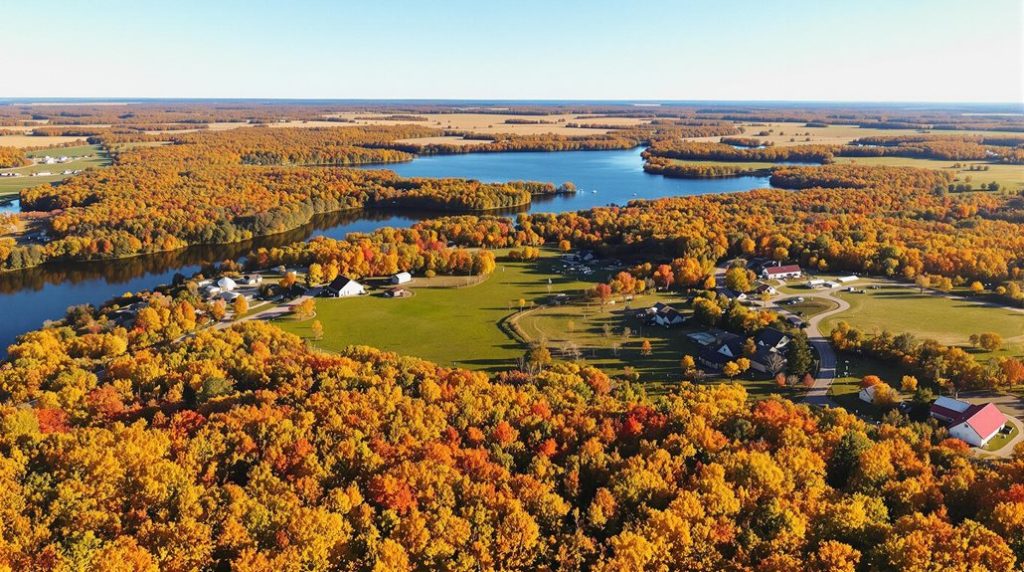
Corcoran MN
Corcoran, Minnesota, located about 20 miles northwest of Minneapolis, boasts a rich history dating back to Native American settlements. European settlers like Benjamin Pounder and Patrick B. Corcoran arrived in 1855, forming the town’s foundation. The township organized in 1858 and became a city in 1948, blending rural charm with modern amenities. Its strategic location and abundant land make it attractive for growth and development, offering a blend of rural and suburban living, which continues to evolve with planned expansions. Further exploration reveals more details on its vibrant community and growth initiatives.
Expert Highlights
- Corcoran, MN, is located in Hennepin County.
- The city was named after Patrick B. Corcoran, an early settler.
- Incorporated as a city in 1948, combining rural charm and modern amenities.
- The area features expansive landscapes and recreational opportunities.
- Corcoran has diverse housing options and growing infrastructure developments.
History and Development
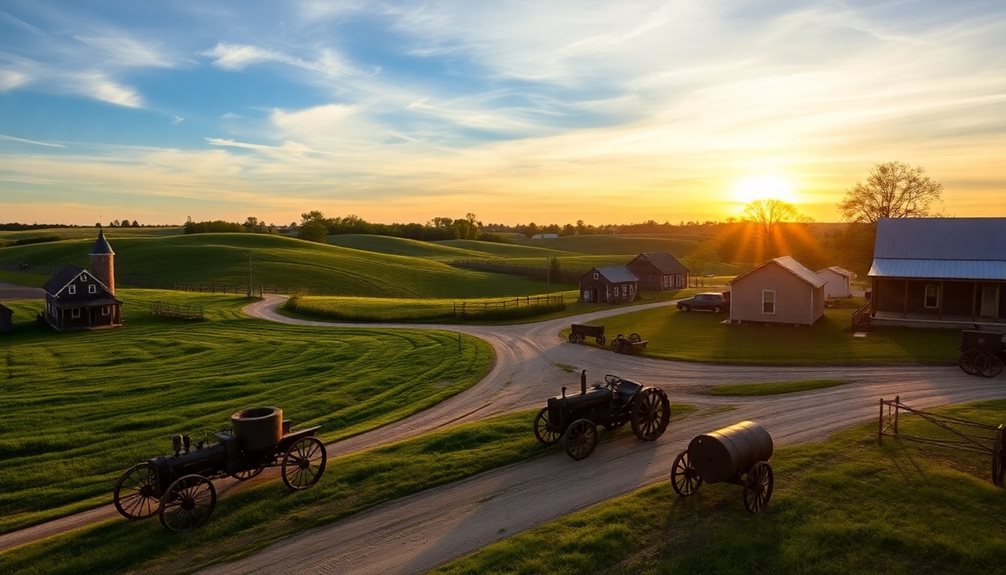
The history of Corcoran, Minnesota, begins with its early inhabitants, primarily members of diverse Native American tribes, who were followed by European explorers such as Father Louis Hennepin, who explored the region in 1680.
In 1855, settlers like Benjamin Pounder and Patrick B. Corcoran arrived, marking the beginning of modern Corcoran. By 1858, the township was formally organized, and it was named in honor of Patrick B. Corcoran.
This foundational period set the stage for future growth, as Corcoran eventually became a city in 1948.
Today, Corcoran’s rural charm continues to attract residents seeking a blend of countryside living and modern amenities.
Community Life
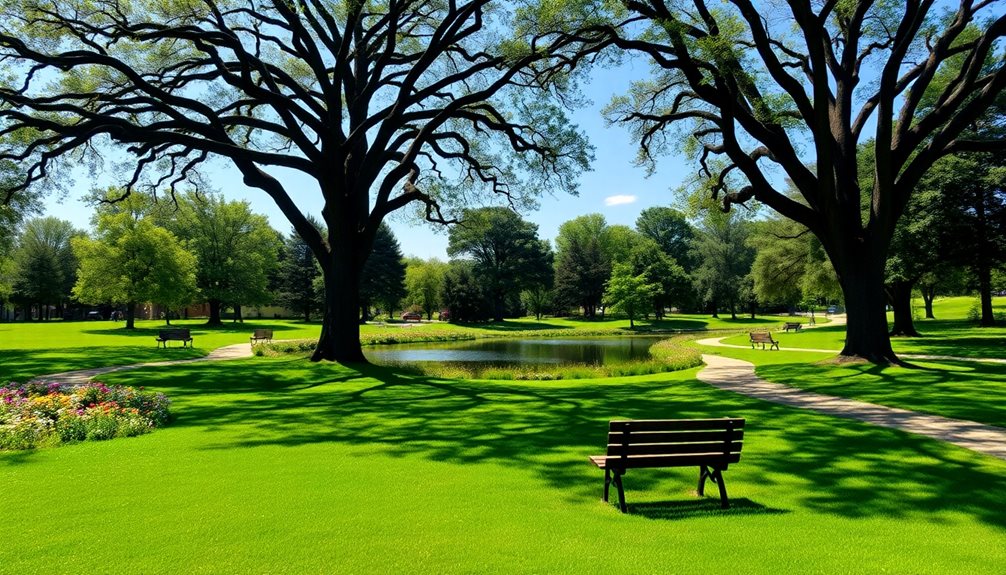
As Corcoran, Minnesota, grew from its early settlement days, community life began to take shape with a mix of residential neighborhoods, rural homesteads, and local businesses.
Community events, particularly Corcoran Country Daze, foster a tight-knit atmosphere, featuring live entertainment, vendors, and competitions.
The Hope Center offers support services, while parks, ice rinks, and golf courses like Shamrock and Pheasant Acres provide recreational opportunities.
Residents appreciate the rural ambiance and proximity to larger cities for shopping and entertainment.
The city’s low profile attracts those seeking a peaceful lifestyle enhanced by nearby urban amenities.
Many homeowners in the area choose concrete driveways for their durability and low maintenance requirements, with an expected lifespan of up to 30 years.
Geography and Amenities
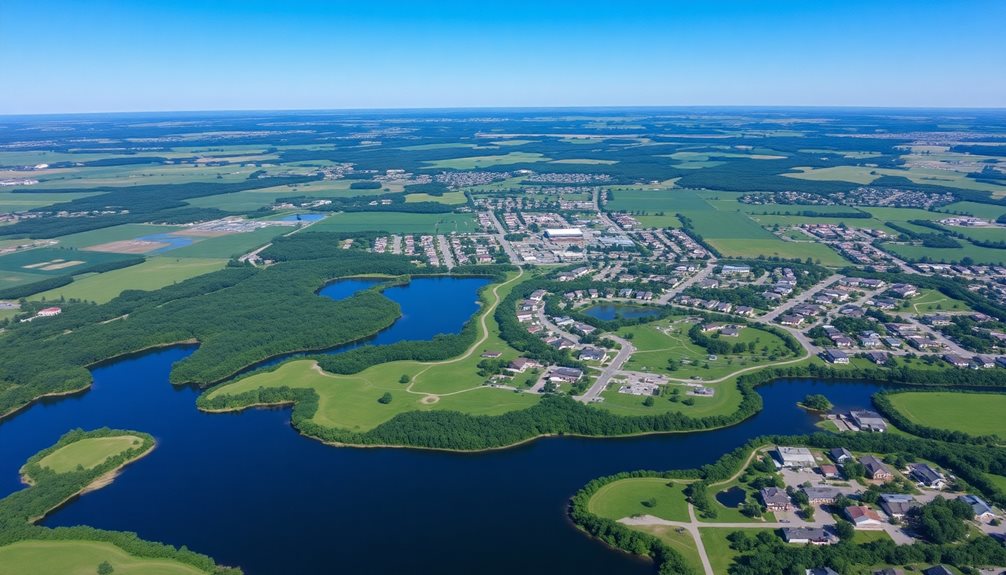
Corcoran, Minnesota, often nestles quietly in the heart of Hennepin County, blending its expansive landscape with a strategic proximity to Minneapolis.
With almost 36 square miles of land, Corcoran offers a mix of rural homesteads and residential neighborhoods, maintaining a rural atmosphere.
Its amenities include Corcoran Community Park, featuring ballfields, a hockey rink, and playgrounds.
Residents can also access the broader Hennepin County park system, with over 27,000 acres of parks and trails nearby, enhancing outdoor opportunities and community living.
Growth and Opportunities
Population growth in areas like Corcoran is deeply intertwined with strategic planning and infrastructure upgrades. The city’s All-Encompassing Plan outlines significant growth, with the population projected to reach 11,300 by 2040.
Recent infrastructure improvements, including water and sewer upgrades, have enabled large-scale developments. Hope Community Church’s proposal for mixed-use development, featuring 738 new homes and substantial commercial space, aligns with these plans, offering diverse housing options and economic opportunities.
This development is poised to boost the local economy and expand residential choices.
 Expert Final Thoughts
Expert Final Thoughts
To sum up, Corcoran, Minnesota, has evolved from its initial settlement in 1855 into a thriving rural community. The city’s identity is deeply rooted in its founders, particularly Patrick B. Corcoran, and its evolution includes becoming a municipality in 1948. With ongoing development focusing on infrastructure and sustainable growth, Corcoran continues to attract residents seeking a balance between natural beauty and modern amenities, positioning itself for future prosperity.
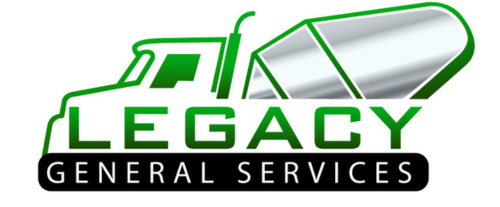
 Expert Final Thoughts
Expert Final Thoughts